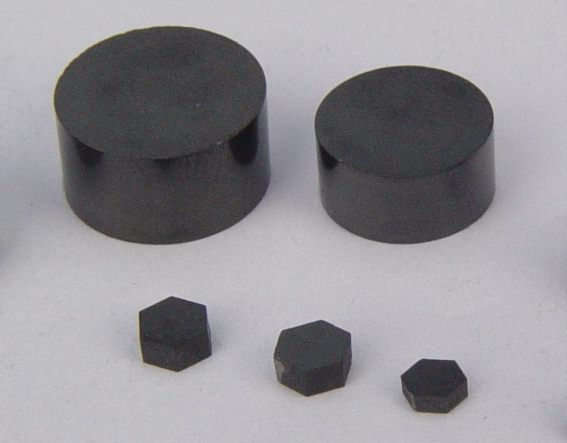The Die Quality Factor-Diamond Wire Die Management
The diamond wire die management includes the use of wire die, drawing die requirements, die deactivation regulations, and so on.
Provisions for die use. Different equipments use different sizes of wire drawing dies due to different tension and control precision of the equipment, so the die used in each
equipment is determined. In addition, different wires have different processing rates for different types of dies, such as hard metal, copper wire, palladium-plated copper wire,
etc., which are made of smaller processing rate, and gold wire, Silver wire and the like can be selected with a larger processing rate of the die, so the required die is determined
for different wires. Therefore, the die must be used in accordance with the equipment and wire type, and should not be mixed.
Die use requirements. The die must be cleaned and dried by ultrasonic waves before use. After that, the die microscope is used to observe the quality of the die hole, and the die
hole has good roundness, and no wear, deformation and dirt can be used. If there is wear and deformation, it will be immediately stopped and returned to the factory for repair. If there
is dirt, it will be cleaned again with needle ultrasonic, and it can be used after cleaning, otherwise it will be returned to the factory. After each drawing process is finished, replace the die
again and the die need to be cleaned and dried for use.
Die deactivation regulations. The die service time is controlled by the yield and diameter of the drawn wire. If the output and diameter do not exceed the standard, and the die does not
appear any form of wear, it can continue to be used; if it is near the limit value, the frequency of detection should be increased; if a certain limit value is exceeded, it should
be stopped immediately. The finished mold in the wire drawing die is mainly controlled by diameter, and the die set is mainly controlled by the output.
Previous Article:Effect of cutting parameters of PCD Turning tool on cutting performance
Next Article: CBN Turning Inserts for HSS Roll and TC Roll Machining







